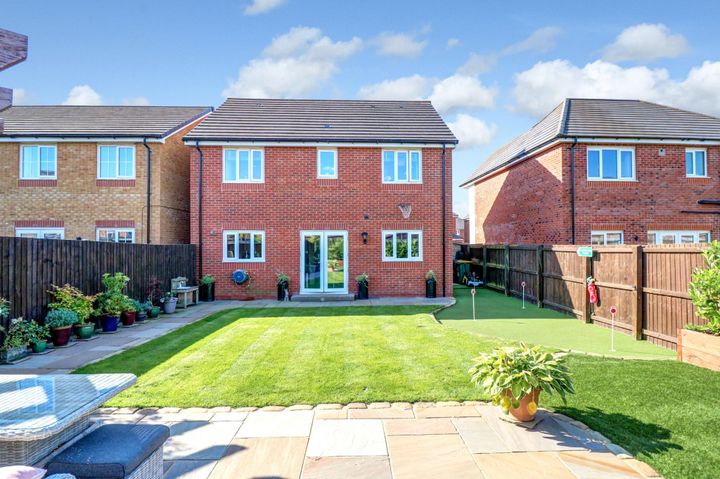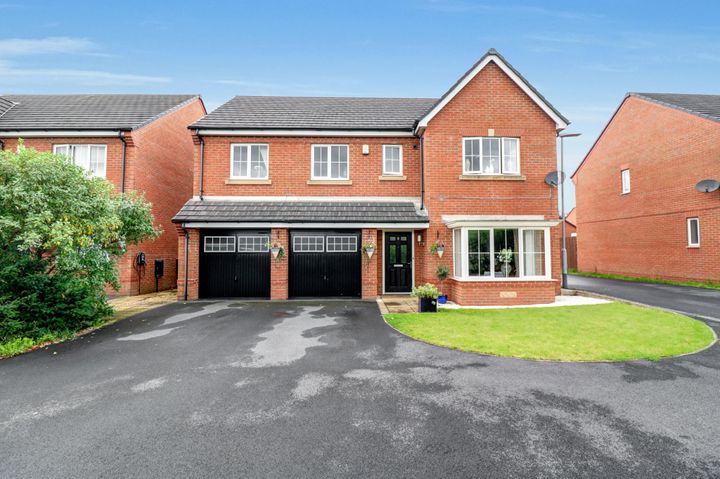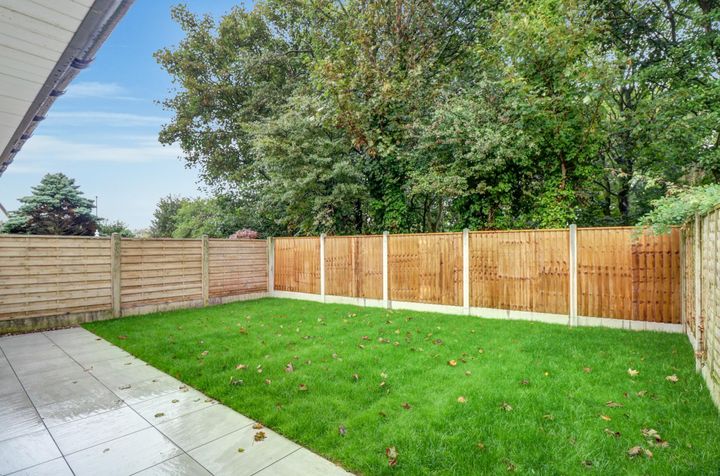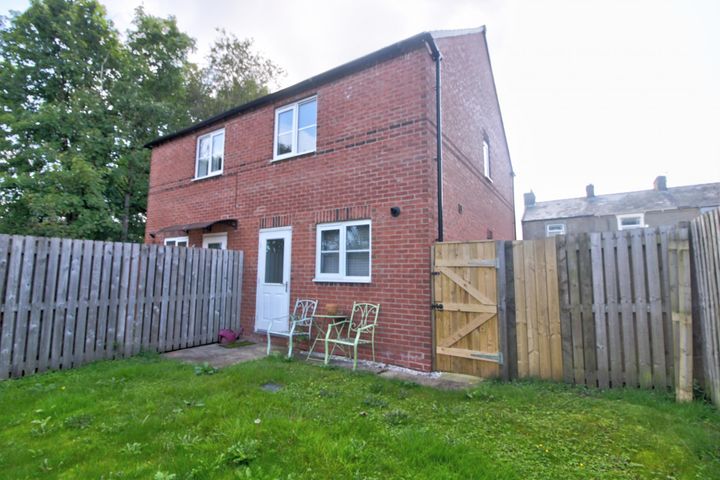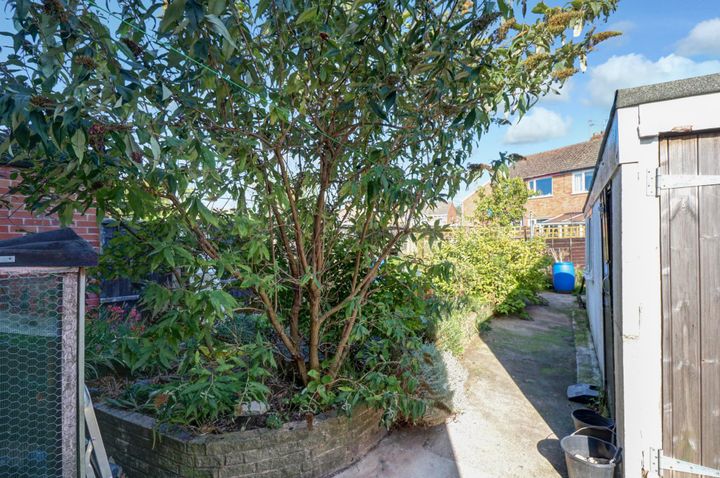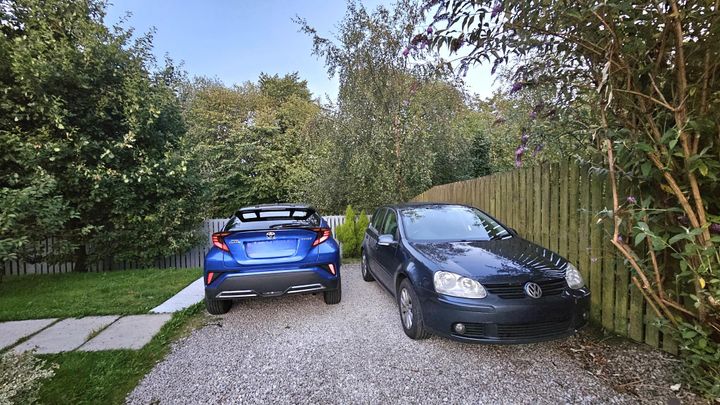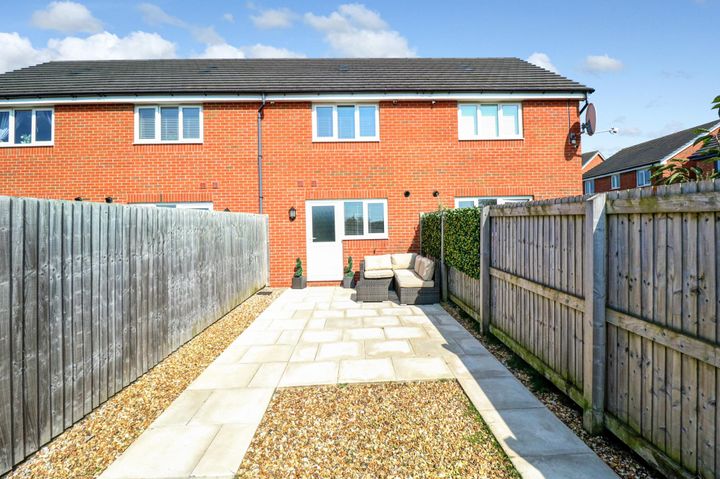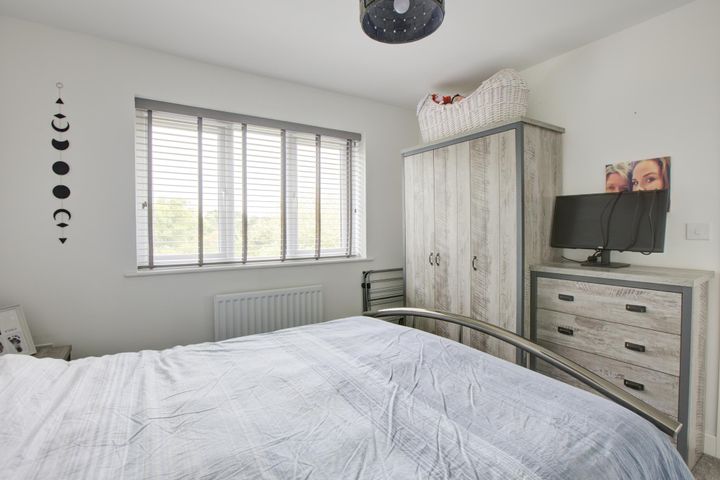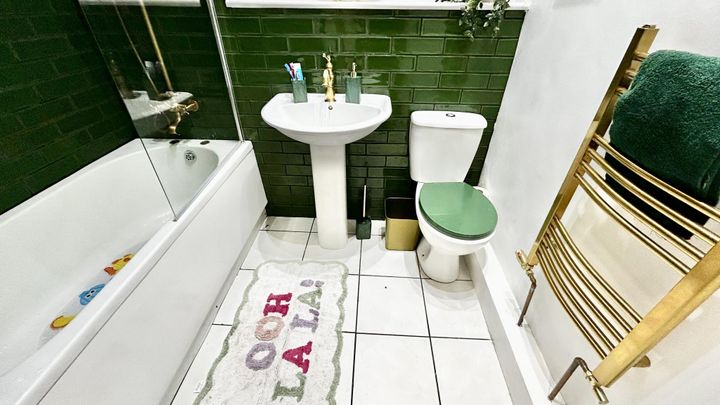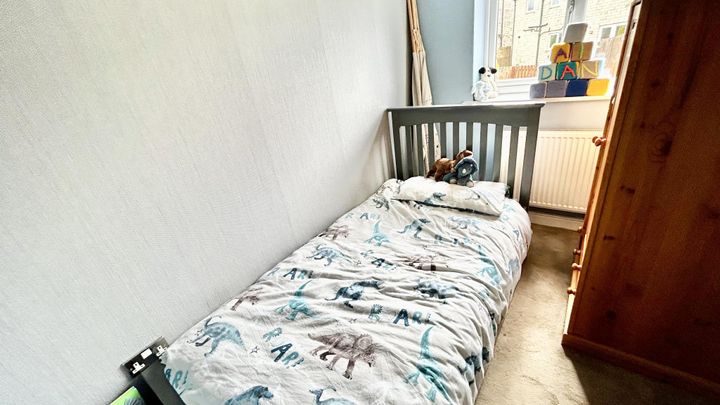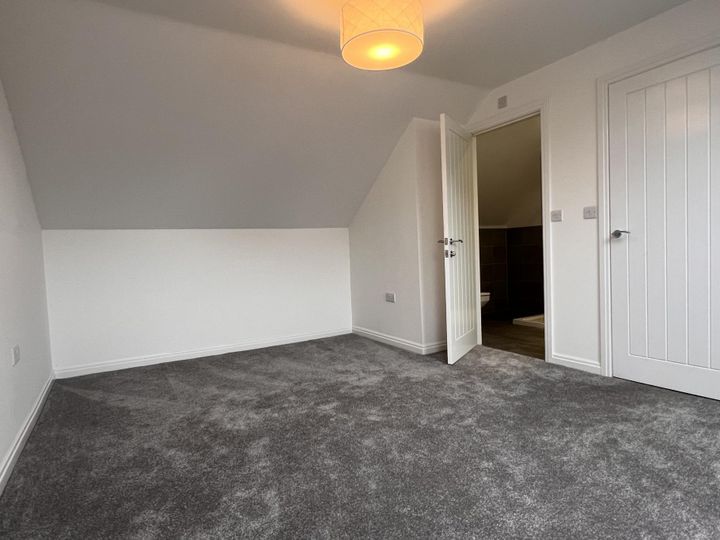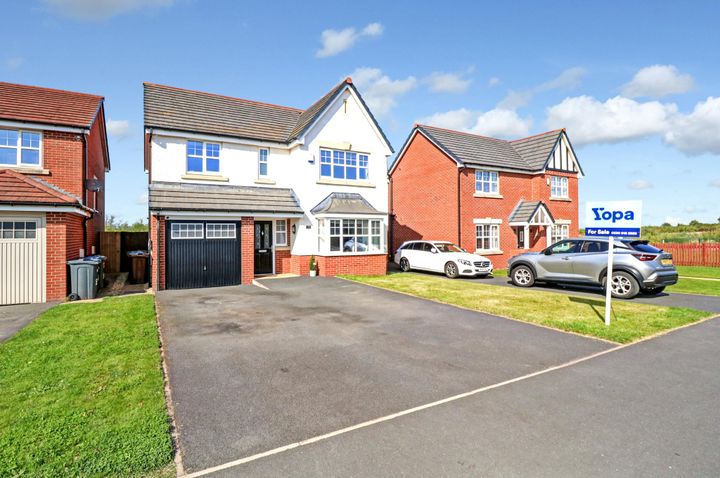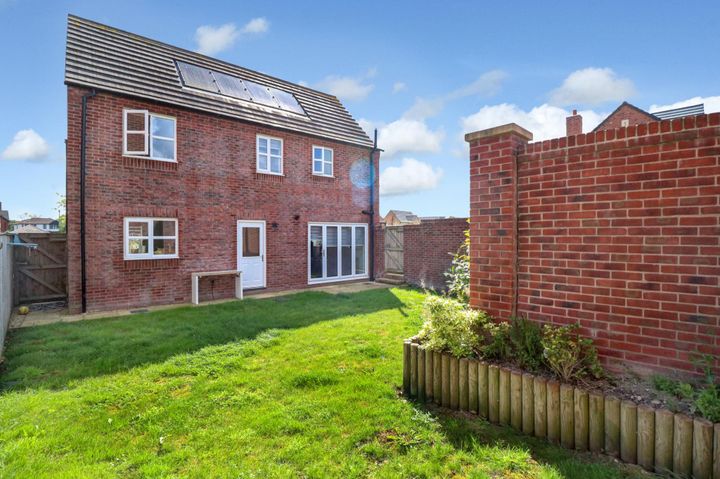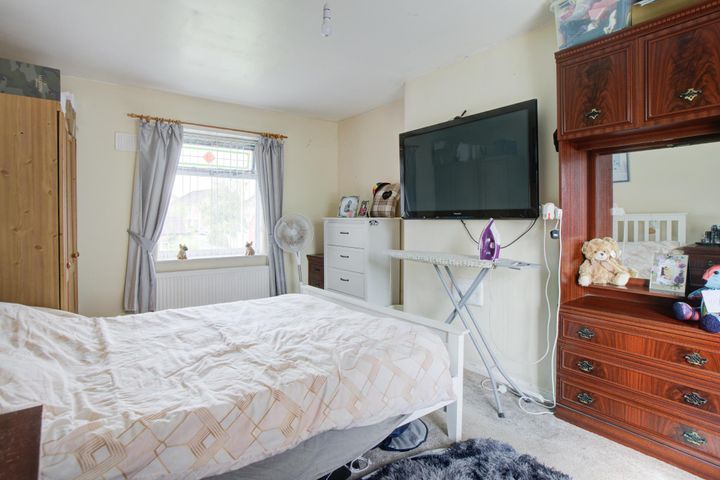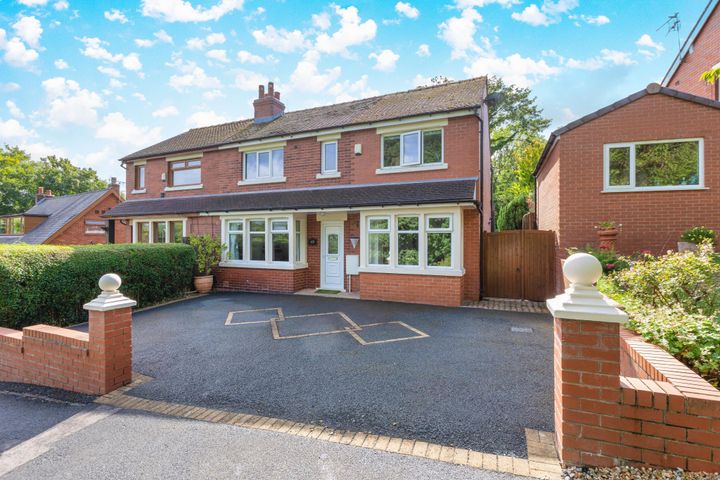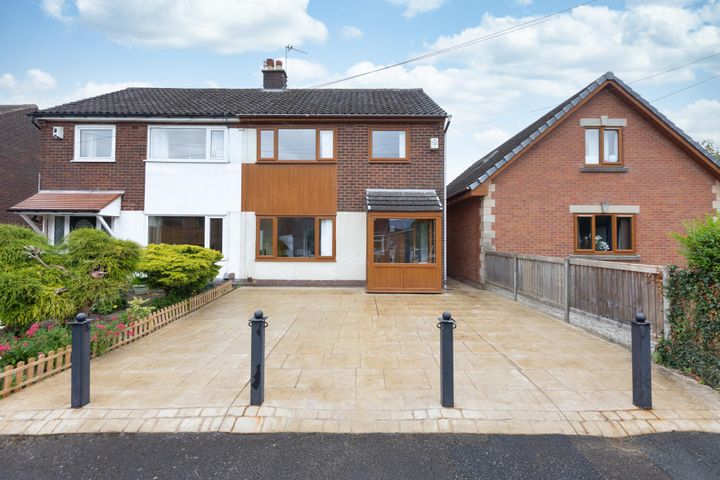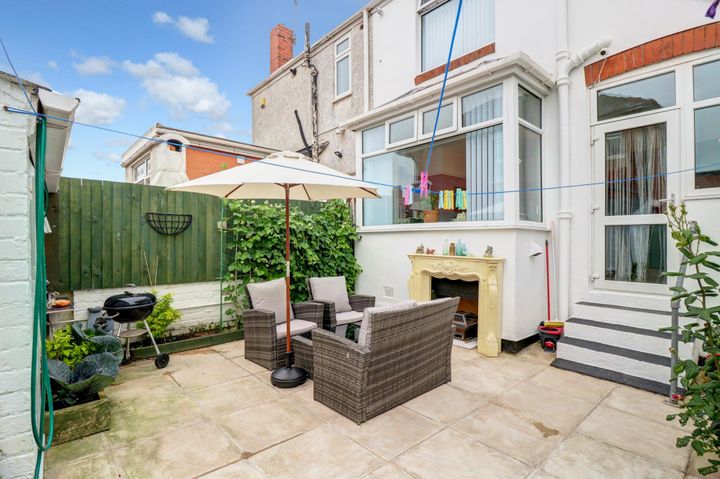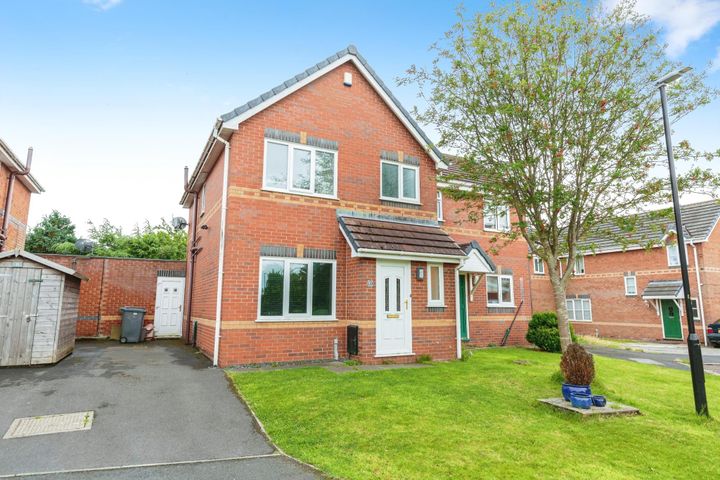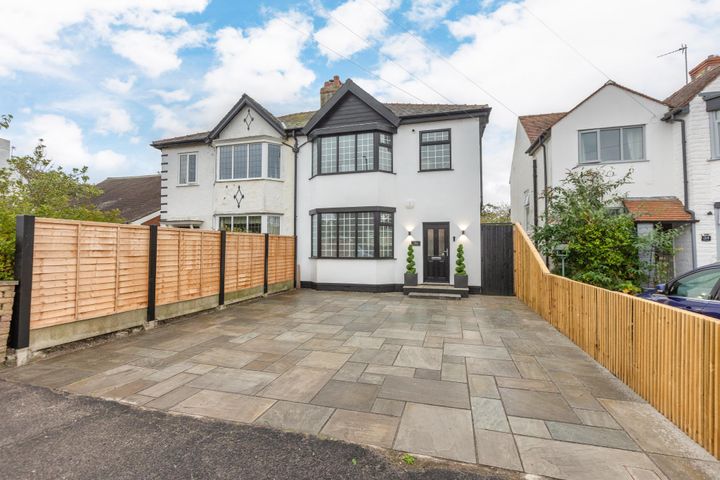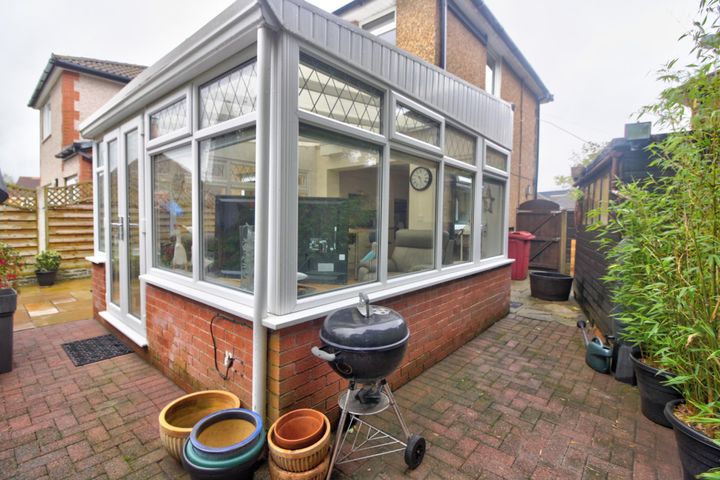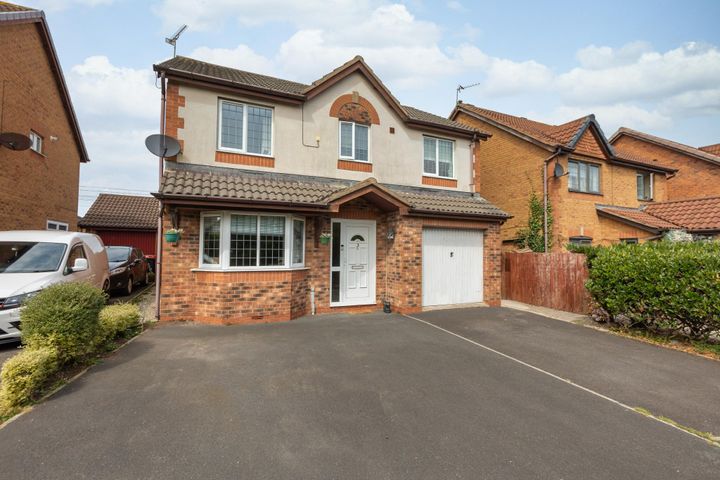Real estate prices in Lancashire are influenced by a variety of factors, including location, economic conditions, and local amenities. Areas with good transport links, such as proximity to major motorways like the M6 or railway connections to cities like Manchester and Liverpool, tend to have higher property values. For instance, towns like Preston and Blackburn benefit from their accessibility, attracting more buyers. Additionally, the presence of schools, healthcare facilities, and shopping centers impacts desirability and price; regions with outstanding schools often see inflated demand. Economic health plays a significant role as well; areas experiencing job growth or revitalization projects, such as the regeneration of Blackpool, can drive prices upwards. Moreover, the overall condition of the housing market, including supply and demand dynamics, heavily influences pricing; periods of high demand and low supply can lead to significant price increases.
Lancashire
Location
Price Range
Any price
Price Range
Minimum
No min
Maximum
No max
Property type
Show all
Property type
Show all
House
Apartment
Building
Other
Bedrooms
Any beds
Bedrooms
Minimum
No min
Maximum
No max
Surface Range
Any surface
Surface Range
Minimum
No min
Maximum
No max
Sale type
For sale
Sale type
Show all
To rent
For sale
Location
Apartments and houses for sale in Lancashire
117 results
Recent
Lancashire insights
| Aspect | Summary |
|---|---|
| Population | 1,200,000 |
| Average Property Price | £180,000 |
| Rental Yield | 6.5% |
| Average Rent | £1,200 |
| Occupancy Rate | 95% |
| Capital Growth Rate | 3% per annum |
| Property Tax | 1.2% of property value |
| Transaction Costs | 5% of property price |
| Expected ROI | 8% |
| Economic Growth Impact | Moderate; influenced by local industry and employment rates |
Lancashire FAQ
What factors influence real estate prices in Lancashire?
How do house prices in Lancashire compare to neighboring areas?
House prices in Lancashire tend to be more affordable compared to its neighboring areas, such as Greater Manchester and Merseyside. For instance, while the average house price in Greater Manchester is around £250,000, homes in Lancashire average closer to £190,000. In the coastal towns like Blackpool within Lancashire, prices can be significantly lower, averaging around £120,000, appealing to first-time buyers and retirees. Areas like Preston, the county's administrative center, also reflect this trend with average prices around £160,000. Meanwhile, towns bordering Lancashire, like Warrington in Cheshire, show higher averages around £230,000, indicating a regional price disparity influenced by factors like proximity to major urban centers and local amenities.
What is the average price of a home in Lancashire?
As of 2023, the average price of a home in Lancashire is approximately £200,000, though this figure can vary significantly depending on the specific area and type of property. For instance, in larger towns like Preston and Blackburn, prices typically hover around £190,000 to £210,000. In contrast, more rural areas or smaller towns such as Burnley or Accrington often feature lower average prices, sometimes dipping below £150,000 for semi-detached homes. In affluent areas like the Ribble Valley, particularly in towns such as Clitheroe, average home prices can exceed £300,000, reflecting the desirability of the region. Additionally, rental prices in Lancashire are generally more affordable compared to other parts of the UK, with average monthly rents ranging from £600 to £800 for two-bedroom properties, making it an attractive option for many.
Have real estate prices in Lancashire been increasing or decreasing recently?
Recent trends in real estate prices in Lancashire have shown a noticeable increase, particularly in urban areas such as Preston and Lancaster. According to local property reports, the average house price in Preston has risen by approximately 8% over the past year, with many properties now selling well above the asking price due to heightened demand. The charming market towns like Clitheroe and Ramsbottom have also seen a surge in interest, partly driven by buyers seeking more affordable options compared to larger cities like Manchester and Liverpool. In contrast, some rural areas, while still experiencing price growth, have seen a more modest increase, as the effects of the pandemic continue to shift buyer priorities towards home offices and outdoor space. Overall, the Lancashire housing market reflects a complex landscape marked by varying rates of price appreciation across different regions.
What types of properties are the most expensive in Lancashire?
In Lancashire, the most expensive properties tend to be large detached homes situated in affluent areas such as Lytham St Annes, Clitheroe, and the Ribble Valley. These homes often feature traditional stonework and spacious gardens, with prices frequently exceeding £1 million. For instance, properties along the coastline in Lytham St Annes boast stunning sea views and are in proximity to golf courses, appealing to both local and out-of-town buyers. Historic properties, including converted barns and manor houses, also command high prices, especially those near picturesque countryside settings. Additionally, modern luxury developments in urban areas like Preston and Lancaster are attracting significant investment, particularly those that offer contemporary amenities and close access to transport links.
How does the local economy affect real estate prices in Lancashire?
The local economy in Lancashire significantly influences real estate prices through several interconnected factors. For instance, the manufacturing sector, which has traditionally been a cornerstone of Lancashire's economy, continues to play a role in shaping demand for housing. The recent resurgence in jobs related to manufacturing and advanced engineering, particularly in towns like Blackburn and Burnley, has attracted a workforce seeking housing options, thus driving up property prices in these areas. Additionally, the presence of major employers, such as the aerospace companies in Samlesbury and BAE Systems, creates a ripple effect in the housing market by increasing demand for rental properties and family homes nearby. Furthermore, improvements in infrastructure, such as the ongoing upgrades to the M65 motorway and investments in public transport, enhance accessibility, further stimulating interest in certain towns. This growing demand, coupled with limited housing supply, particularly in desirable areas like Lancaster and the Ribble Valley, contributes to increasing property values, reflecting the entwinement of local economic health and real estate dynamics.
Are there seasonal trends in real estate prices in Lancashire?
In Lancashire, real estate prices exhibit notable seasonal trends influenced by various factors. Typically, the spring and summer months see a surge in property prices as the housing market heats up; families prefer to move during this period to settle before the new school year. For example, in areas like Preston and Blackpool, homes often sell for higher prices from March to August due to increased buyer activity. Conversely, the autumn and winter months tend to experience a slowdown in sales and often lower prices, as demand wanes with the holiday season and colder weather. Regions such as Lancaster and Burnley highlight this decline, with average prices dipping by as much as 10% during the late year compared to peak season. Additionally, economic factors and local events, such as the annual Lancashire Show, can influence these seasonal trends, drawing attention and temporarily driving up prices in the vicinity.


